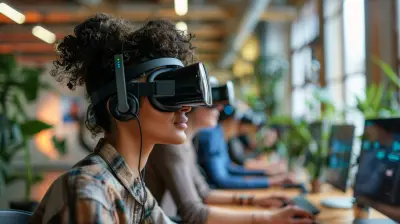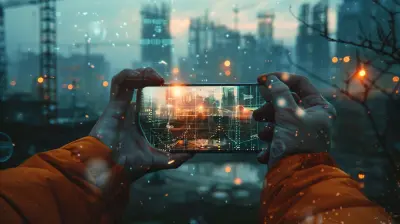The Role of AR Glasses in Enhancing Public Safety
19 October 2025
We’ve all seen futuristic sci-fi movies where law enforcement officers wear glasses that scan their surroundings, identify threats, and give instant data—all without taking their eyes off the action. Sounds like a pipe dream, right? Well, not anymore. Augmented Reality (AR) glasses are stepping out of the movies and into real-life scenarios, especially in the realm of public safety.
This tech is not just cool—it’s practical. It’s helping first responders, law enforcement officers, firefighters, and even emergency medical technicians (EMTs) operate faster, smarter, and safer. So, let’s dive deep into how AR glasses are changing the game in public safety.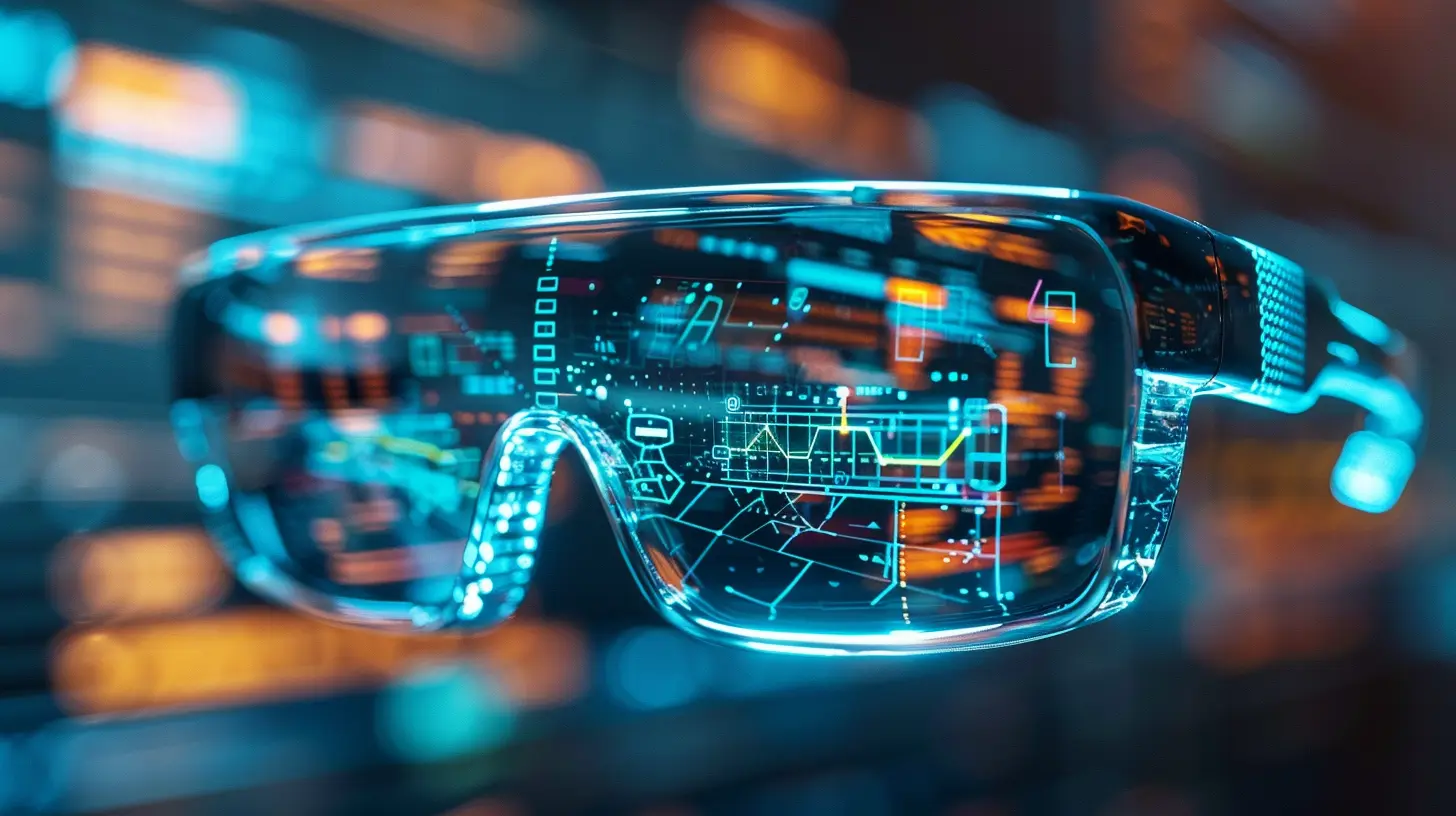
What Exactly Are AR Glasses?
Before we get into the juicy stuff, let’s clear one thing up—what are AR glasses?Augmented Reality glasses are wearable devices that overlay digital data like images, text, or 3D graphics onto the real world. Unlike Virtual Reality (VR), which immerses users in a completely digital environment, AR enhances what you already see. Think of it like having a digital assistant whispering helpful info in your ear—but through your eyes.
These glasses come with built-in cameras, sensors, microphones, and internet connectivity. Basically, they’re mini-computers strapped to your face.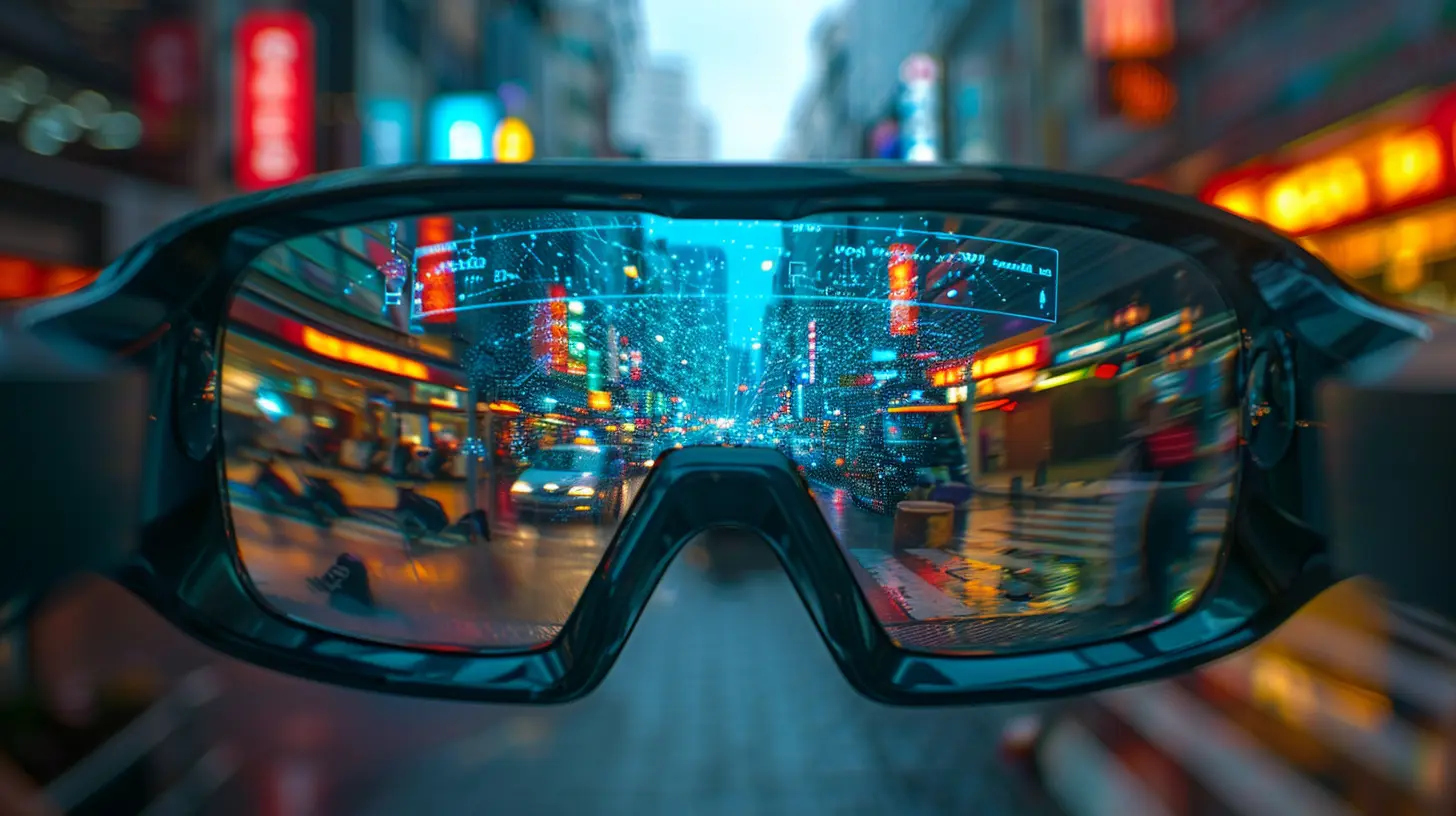
Why Public Safety Needs AR Glasses
Public safety professionals deal with chaotic, high-stress situations every day. Lives are often on the line, and there’s little room for error. Every second matters, and every piece of information could make a life-saving difference.That’s where AR glasses shine—they deliver real-time data to the front line without distracting or slowing down the response teams.
Let’s look at it this way: would you rather dig through a bulky tablet or get crucial, hands-free information right in your field of vision? Exactly.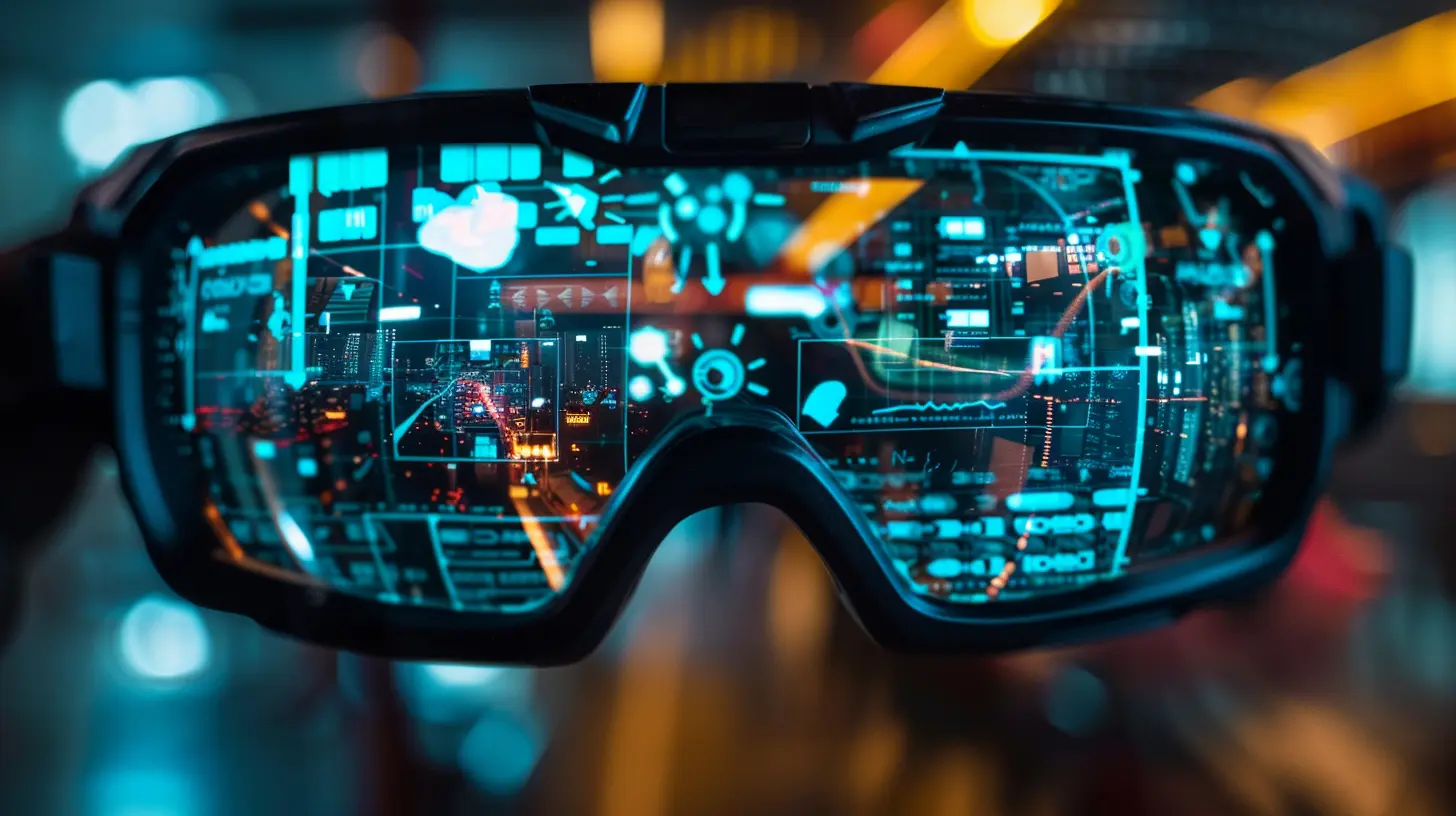
Key Applications of AR Glasses in Public Safety
1. Law Enforcement Gets Smarter
Police officers are among the first to embrace AR glasses. Imagine a patrol officer approaching a suspicious vehicle. Instead of calling dispatch and waiting for a response, the AR glasses instantly identify the license plate, run it through a database, and alert the officer if the car is stolen or flagged.Other practical uses include:
- Facial recognition: Identify suspects or missing persons in real-time.
- Live video streaming: Send live footage back to headquarters during a rapidly unfolding event.
- Navigation: Turn-by-turn AR-guided navigation, especially useful during high-speed chases or unfamiliar areas.
This isn’t just about efficiency—it’s about safety. Real-time data can reduce hesitation and help officers make more informed choices.
2. Firefighters See Through the Smoke
Firefighters face the literal heat. In burning buildings filled with smoke, visibility is near zero. AR glasses equipped with thermal imaging can help firefighters see through the smoke, identify hotspots, and locate trapped victims.Here's how AR helps:
- Building blueprints: Project floor plans and exit routes onto the AR display.
- Thermal overlays: Help spot fire sources and structural weaknesses.
- Team tracking: Show where every team member is in real time to avoid separation.
With AR glasses, firefighters can move with a sense of direction and purpose, rather than just feel their way through darkness.
3. Paramedics Get Instant Medical Data
When EMTs respond to accidents or health emergencies, every second matters. AR glasses can pull up a patient’s medical history, allergies, and medications just by scanning their ID or face (where privacy laws allow). That’s way faster than calling up hospitals or searching for ID in a panic.Other benefits for medics include:
- Hands-free instruction: Medical experts can guide EMTs remotely via AR visuals.
- Vitals monitoring: Display real-time vitals without looking away from the patient.
- Language translation: Communicate with patients who speak different languages using real-time translations in the AR display.
This can mean more accurate treatment on-site and quicker patient stabilization.
4. Disaster Response Becomes More Coordinated
In large-scale emergencies like earthquakes, floods, or terrorist attacks, keeping everyone on the same page is tough. AR glasses can help coordinate massive teams from multiple agencies.How? By linking responders via cloud-based platforms that share live visual data, maps, and instructions. Command centers can “see what the responders see” and offer updated instructions in real time.
Think of it like a shared HUD (Heads-Up Display) for every member involved in the operation.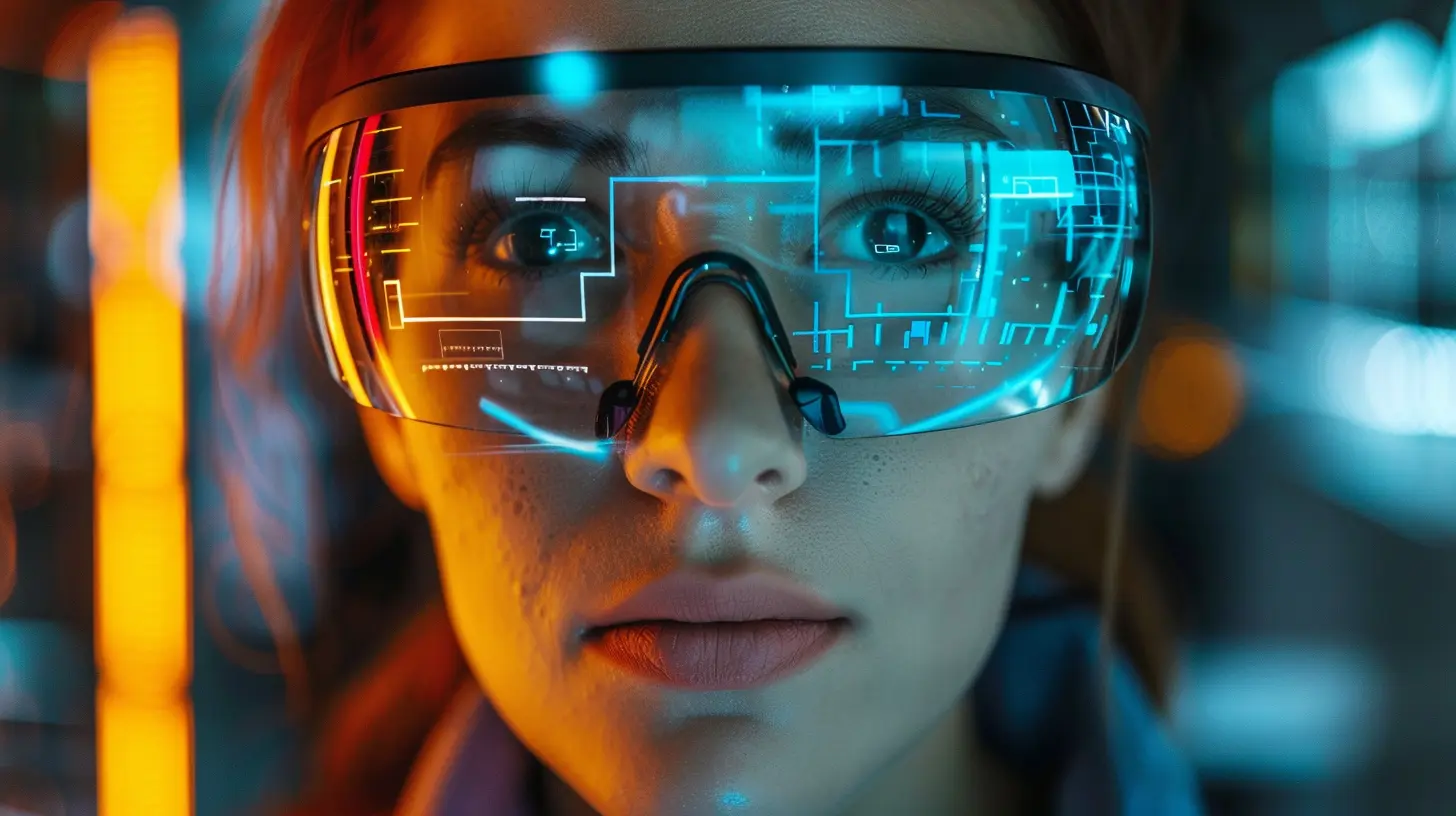
Real-Life Examples of AR Glasses in Use
This isn’t hypothetical anymore. Several government and private organizations have already started integrating AR tech into their operations.- Dubai Police: They’ve tested AR glasses with facial recognition in public areas.
- U.S. Military: Using AR glasses to train soldiers and assist on-field with navigation and threat detection.
- Fire departments in Europe: Some are prototyping helmets integrated with AR for live building schematics.
These early adopters are seeing promising results in decision-making speed, situational awareness, and overall safety.
Challenges And Concerns
Of course, no tech is perfect. AR glasses come with their own set of hurdles.1. Privacy Concerns
Facial recognition and real-time data access raise questions about surveillance. Where do we draw the line between security and invasion of privacy?2. Cost and Accessibility
High-end AR glasses are pricey. Outfitting an entire police department or fire station with these devices is a significant investment.3. Tech Dependency
There's also a risk of overwhelming users with too much information or becoming too reliant on the tech. Imagine a network crash during an emergency — not ideal.4. Training Time
These glasses aren’t plug-and-play. They take time to master, and training frontline workers isn’t always easy or quick.Still, these are growing pains. As with any new innovation, challenges are part of the progress path.
The Future of AR in Public Safety
So where are we headed?Expect AR glasses to become sleeker, more affordable, and far more capable. Integrations with AI will likely make them smarter—able to predict danger, assess risks, and even automate certain responses.
5G networks will improve data transmission speeds, enhancing real-time communication and reliability. And the rise of edge computing means information processing won’t need to rely solely on cloud access—making systems faster and more secure.
Over the next decade, AR glasses could become a standard part of every public safety professional’s toolkit, much like radios, body cams, or tactical gear.
Final Thoughts
The role of AR glasses in public safety isn’t just another tech trend—it’s a paradigm shift. These devices make frontline workers more aware, more efficient, and above all, safer. They won’t replace human instincts or training but will augment them in ways we’ve never seen before.Sure, there are concerns. But with thoughtful regulation, ethical use, and proper training, AR glasses could very well be the next major leap forward in how we protect communities and respond to crises.
So, the next time you see a cop or a firefighter with what looks like futuristic eyewear, know that it’s not just for show. It might be the tech that's saving lives.
all images in this post were generated using AI tools
Category:
Ar GlassesAuthor:

Gabriel Sullivan
Discussion
rate this article
1 comments
Raelyn Dillon
AR glasses can revolutionize public safety by providing real-time data and situational awareness.
October 25, 2025 at 2:47 AM

Gabriel Sullivan
Thank you! AR glasses indeed have the potential to significantly enhance public safety by offering crucial real-time information and improving situational awareness for first responders and the public alike.

